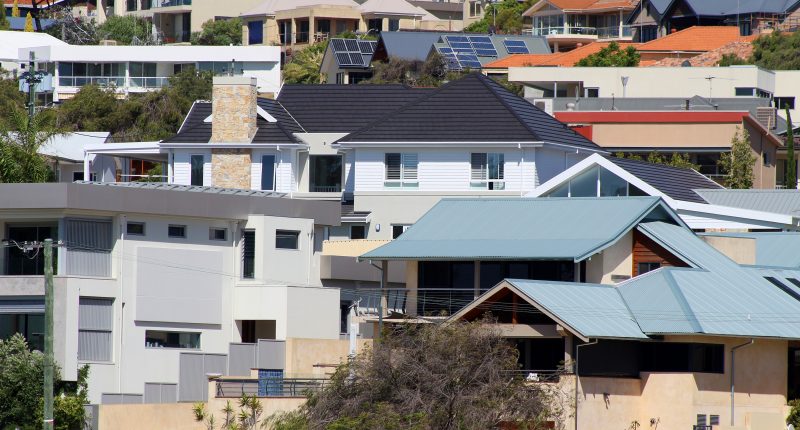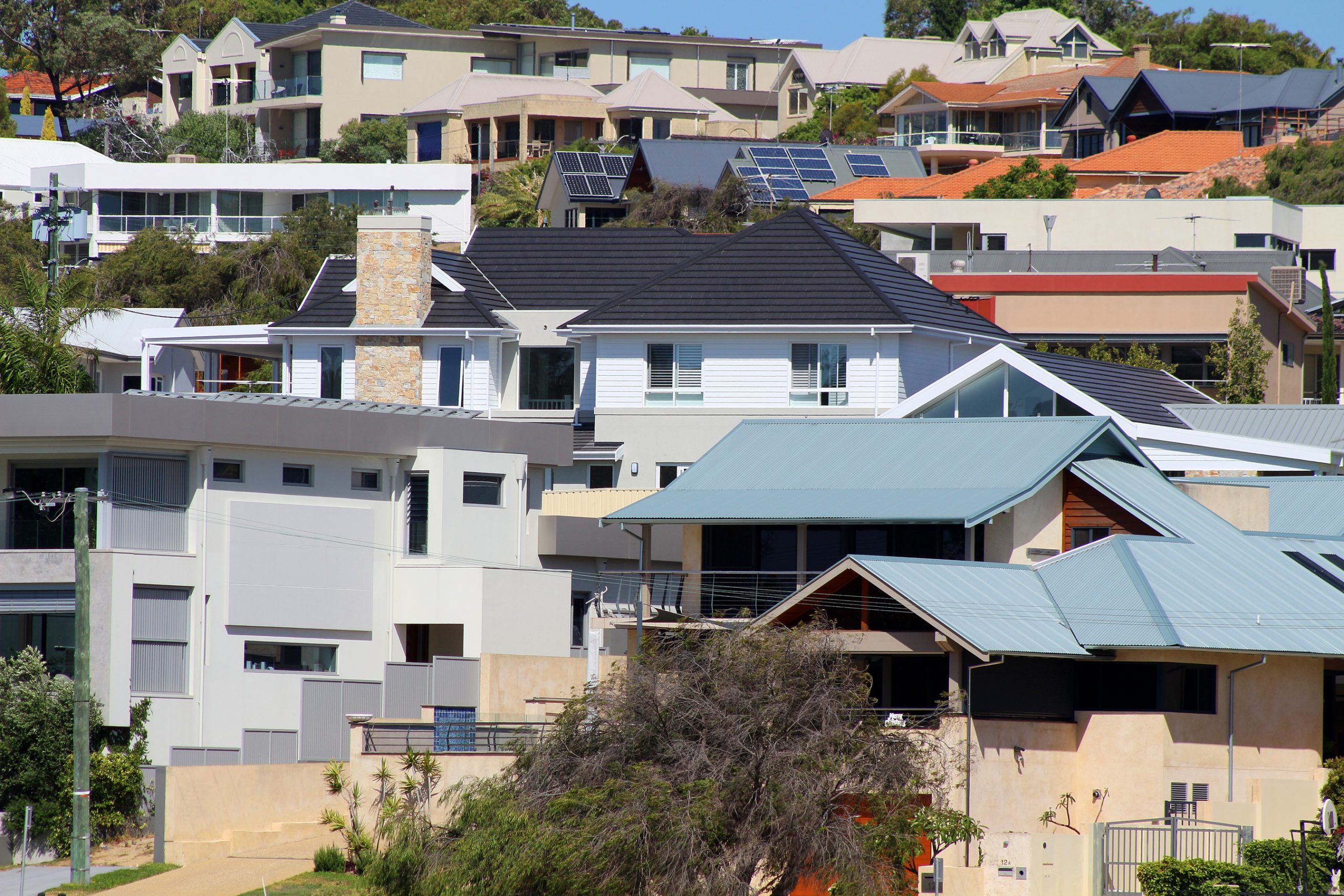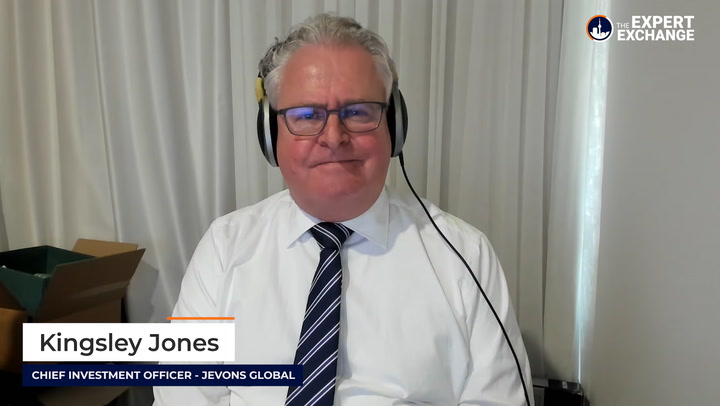- CoreLogic’s national house value index increased by 1.5 per cent in September, bringing Australian property prices 20.3 per cent higher in the previous year
- The yearly growth rate is presently at its fastest since the end of fiscal year 1989
- Although growth circumstances remain favourable, it is becoming evident that the housing market has passed its highest pace of growth
- Rental yields have reached new lows in most locations as property value increase continues to exceed rent growth
Australian home prices have continued their eye-watering growth, but the monthly rate continues to lose steam as rental yields diminish.
CoreLogic’s national house value index increased by 1.5 per cent in September, bringing Australian property prices 17.6 per cent higher in the first nine months of the year and 20.3 per cent higher in the previous year.
The yearly growth rate is presently at its fastest since the fiscal year ended in 1989.
The monthly change in housing values remains positive across all capital cities, with Hobart (2.3 per cent) and Canberra (two per cent) recording the highest growth, while Darwin (0.1 per cent) and the recently revised Perth index (0.3 per cent) recorded the softest growth conditions.
Regional NSW (two per cent), regional Tasmania (1.7 per cent), and regional Queensland (1.7 per cent) topped gains in September across Australia.
Although growth circumstances remain favourable, it is becoming evident that the housing market has passed its highest pace of growth, which occurred in March when national dwelling values grew by 2.8 per cent.
Since then, the monthly pace of growth has slowed to 1.5 per cent.
CoreLogic research director Tim Lawless believes that the slowing growth circumstances are due to greater hurdles to entry for non-homeowners as well as fewer government incentives to enter the market.
“With housing values rising substantially faster than household incomes, raising a deposit has become more challenging for most cohorts of the market, especially first home buyers,” he said.
“Sydney is a prime example where the median house value is now just over $1.3 million. In order to raise a 20% deposit, the typical Sydney house buyer would need around $262,300.
“Existing home owners looking to upgrade, downsize or move home may be less impacted as they have had the benefit of equity that has accrued as housing values surged.
“The slowdown in first home buyers can be seen in the lending data, where the number of owner-occupier first home buyer loans has fallen by 20.5% between January and July.
“Over the same period, the number of first home buyers taking out an investment housing loan has increased, albeit from a low base, by 45%, suggesting more first home buyers are choosing to ‘rent vest’ as a way of getting their foot in the door.”
Despite decreasing affordability, home values are still rising faster than unit values. This is a pattern that has been visible for most of the COVID period, particularly in the capital cities. Hobart and Darwin are the only major cities where this pattern has not happened.
Rental growth peaked at 3.2 per cent in the March quarter and has steadily declined to 1.9 per cent in the September quarter. However, the annual rate of growth is still growing, having increased by 8.9 per cent year on year through September.
Rental yields have reached new lows in most locations as property value growth continues to exceed rent increases. In September, gross yields on combined capitals fell to 3 per cent.








